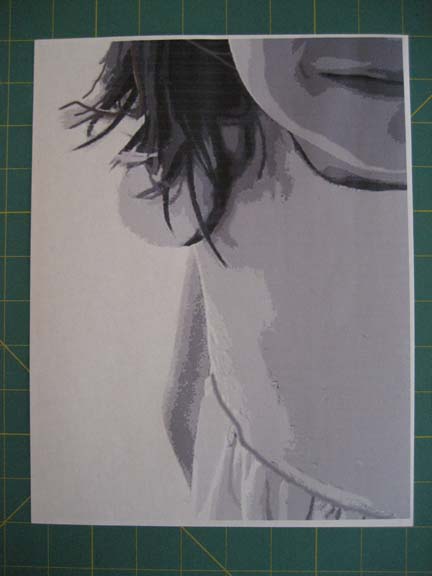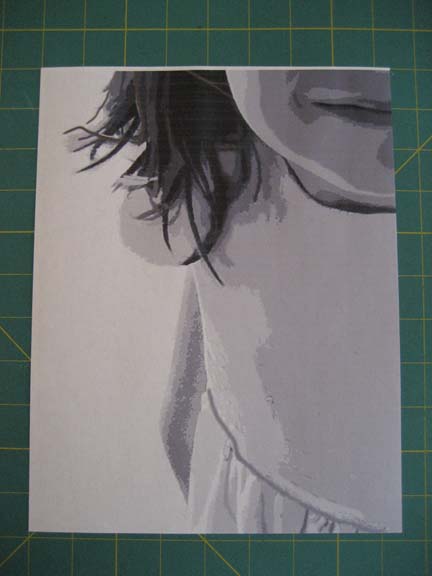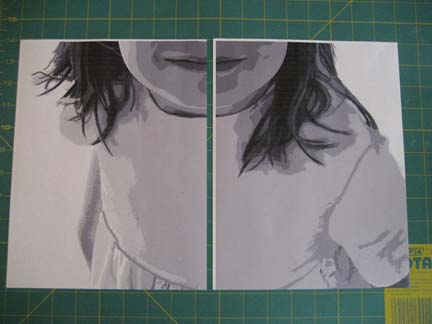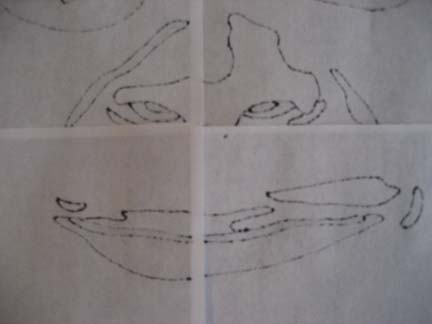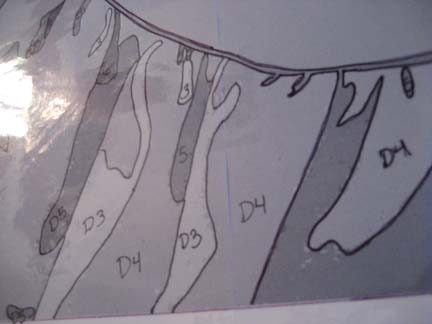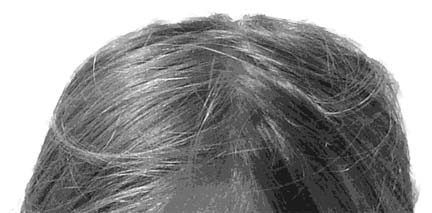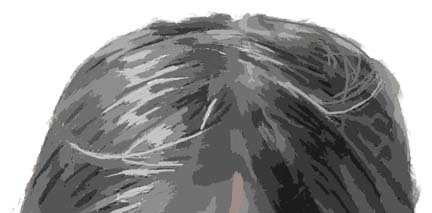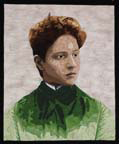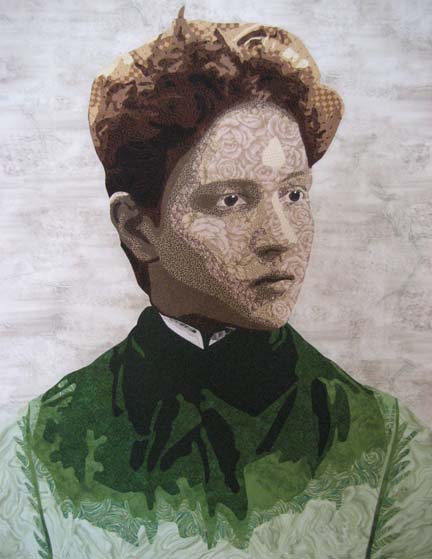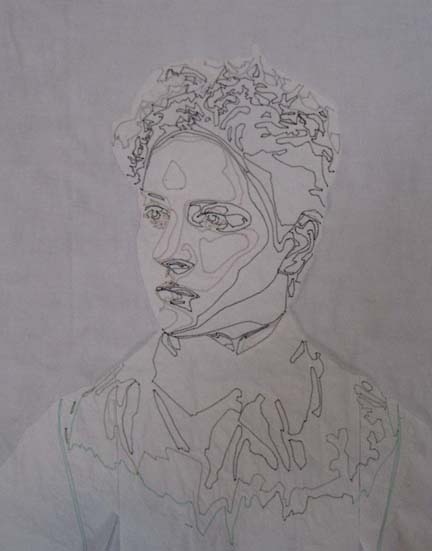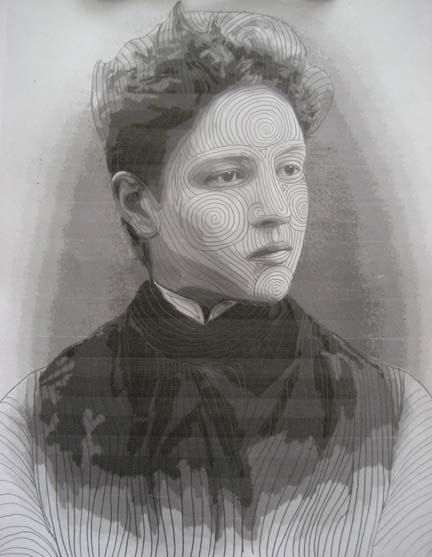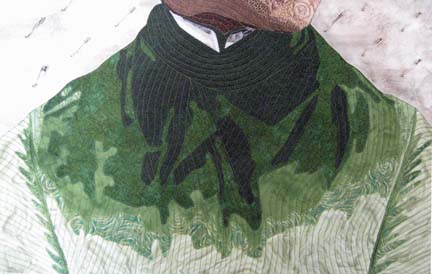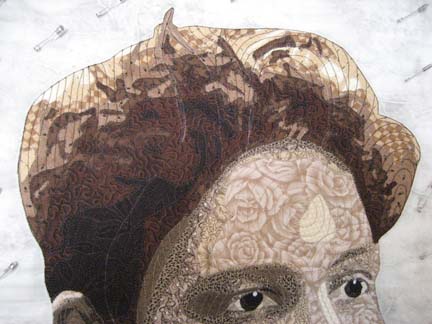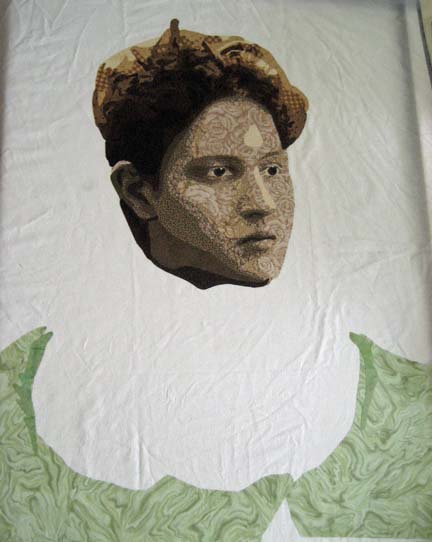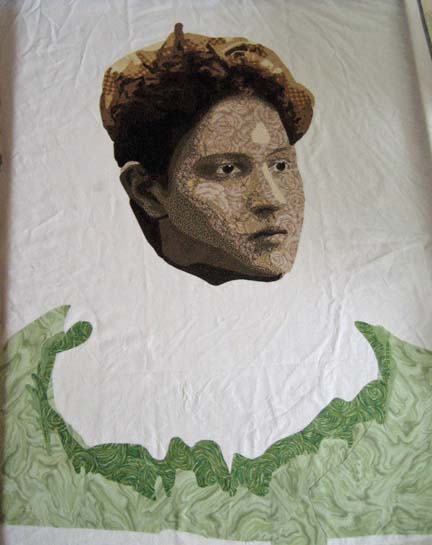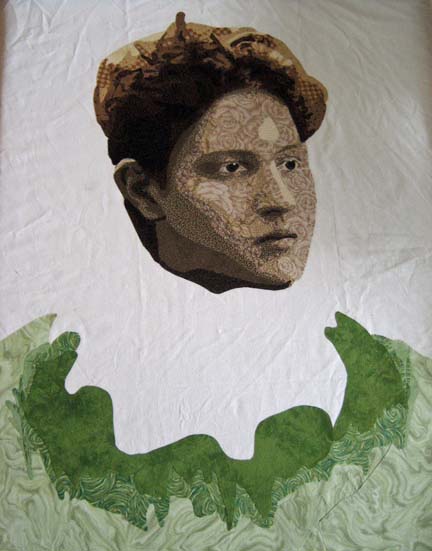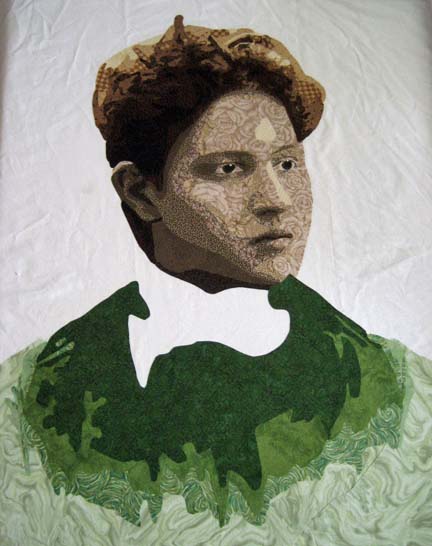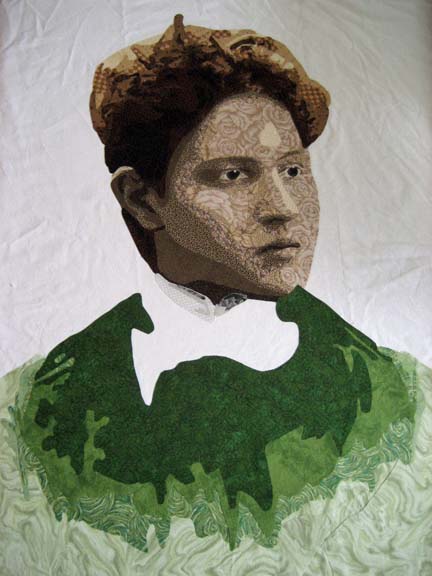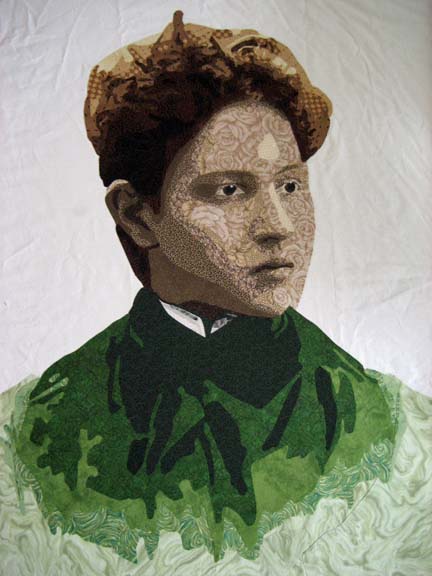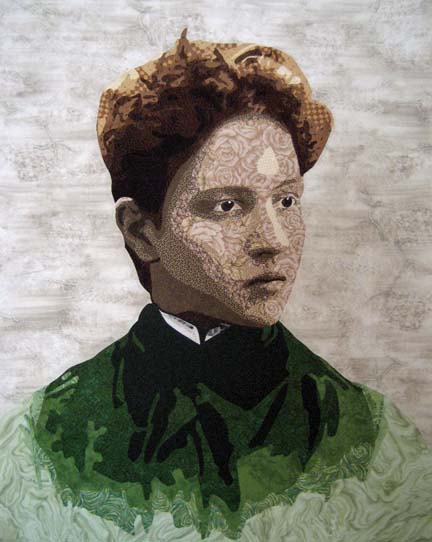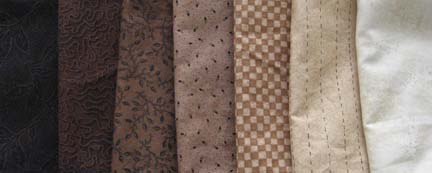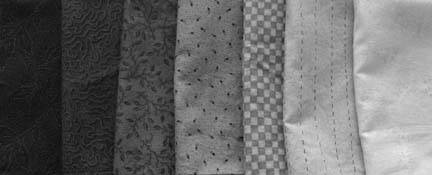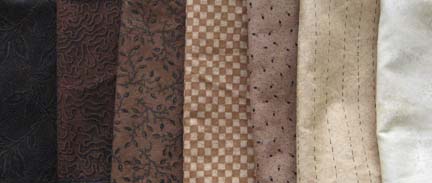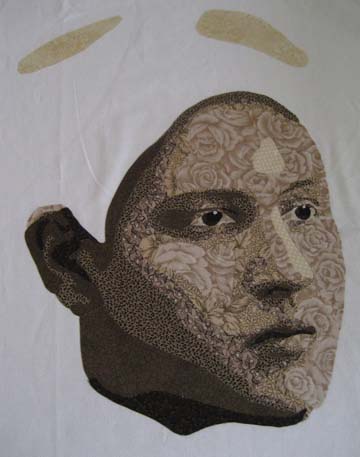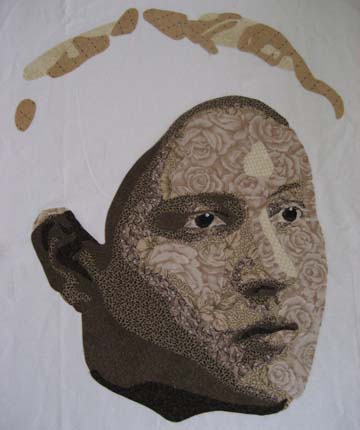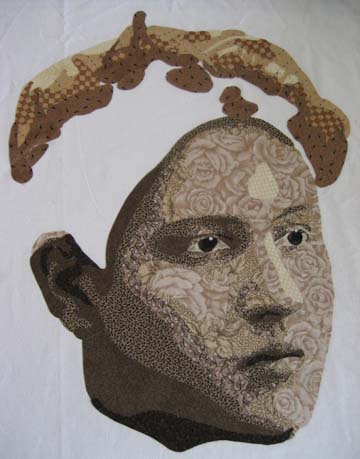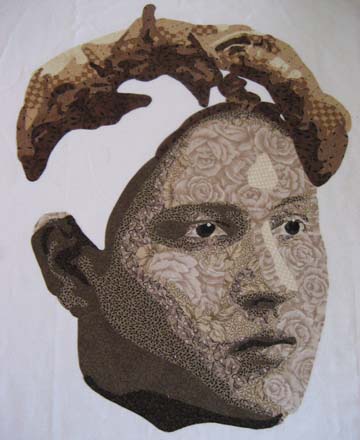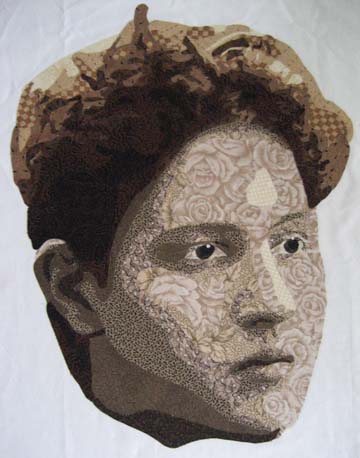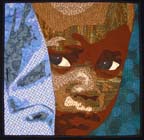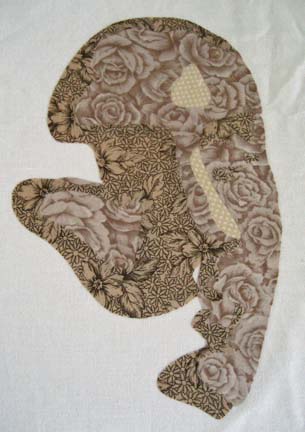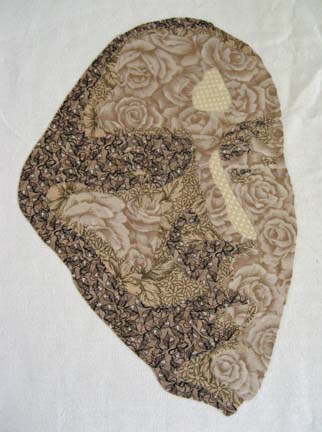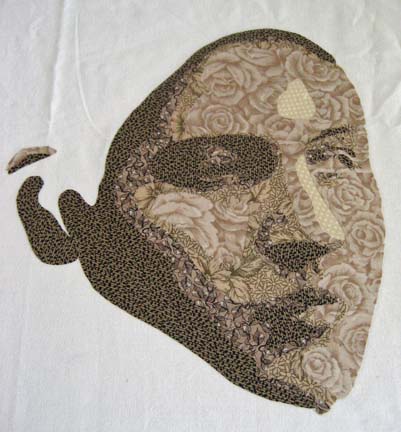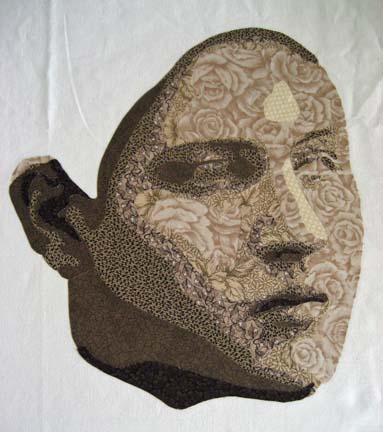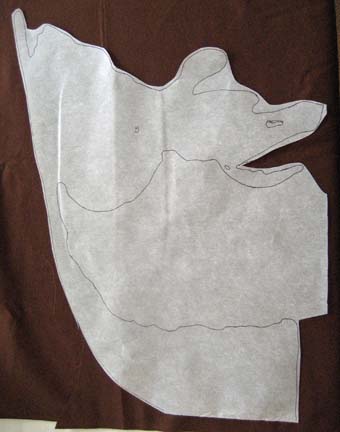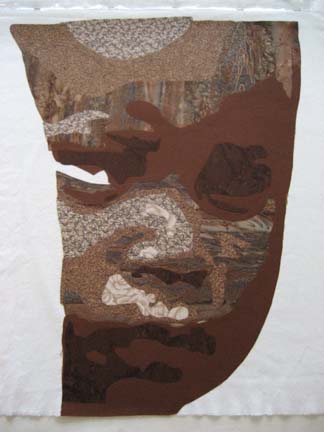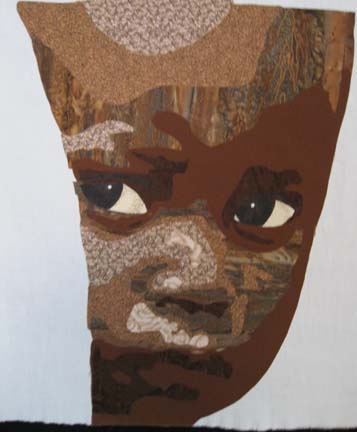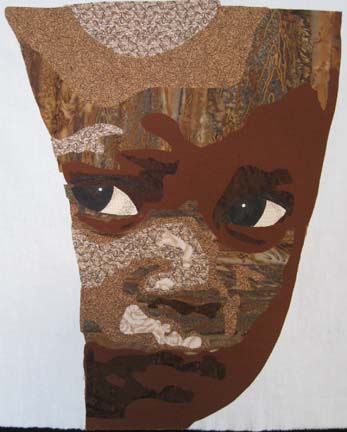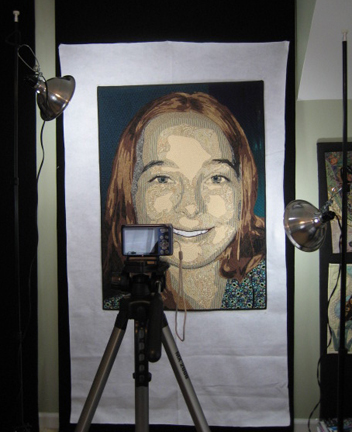In case it wasn’t obvious in my previous post, we have been working on drafting a pattern.
At this point, we can print out the pattern. For a long time, I would take an 8 1/2 x 11 sheet to a blueprint shop and ask them to enlarge it for me. If I remember correctly, most of the large format printers go up to 36 inches. The problem I had was inconsistency — if the employee wasn’t skilled, he would give me something smaller.
I finally found that I enjoyed having control over the final size. You can make anything large in Photoshop — but after many years of complaints, it still won’t tile print. For that function, you must use a vector program like Illustrator or CorelDraw.
A couple of years ago when I made the change, I went with CorelDraw. I took a class and was able to purchase it at a student rate. And CorelDraw is a very good product. Unfortunately, it isn’t Mac compatible — so I keep a PC in my studio just for CorelDraw — which, if I haven’t mentioned, is a pain.
When I first bought CorelDraw, I learned about all of the many things it could do — and for a while, I would import my BMP from Photoshop, and using my Graphire pad and pen, I would draw the outline of all of the shapes — and add in the numbers for values. Over time, I found that it is really easiest for me to import the file, print it out, and draw on it with a Sharpie. It gives me my pattern and my reverse pattern all at once.
In this picture — just one slice of the overall piece — there are overlap places on all four sides — the white area. You can choose which two sides to take off — just be consistent. I take off the right and bottom sides.
This is what it looks like after it is cropped.
After I have cropped the first page, it will fit neatly over the next page, hiding the white spaces on the top and left sides (in this picture, just the left side). I find the closest join that I can, and then I attach them with clear tape, being careful not to tape on a form that I’ll need to outline with Sharpie.
This is what it starts to look like after I have outlined shapes with a black ultra-thin Sharpie.
And this is the backside. It is a perfect mirror image of the front because the Sharpie bleeds through — and the only thing I need to correct are the overlaps — using the Sharpie to fill in the edges of the shapes that are lost in the overlap. This doesn’t take long and is much faster than assembling another set of mirror printouts.
I also need to mark the values by number. If the shapes are close to another color family, sometimes I will add another code to keep the items separate in the pattern.
Also, unfortunately, I need a third copy of the pattern: the front side copied onto thin vinyl. This is found in general fabric stores in the same place as tablecloth covers sold by the yard.
From this point, I can start looking at fabric and choosing my color palette.
